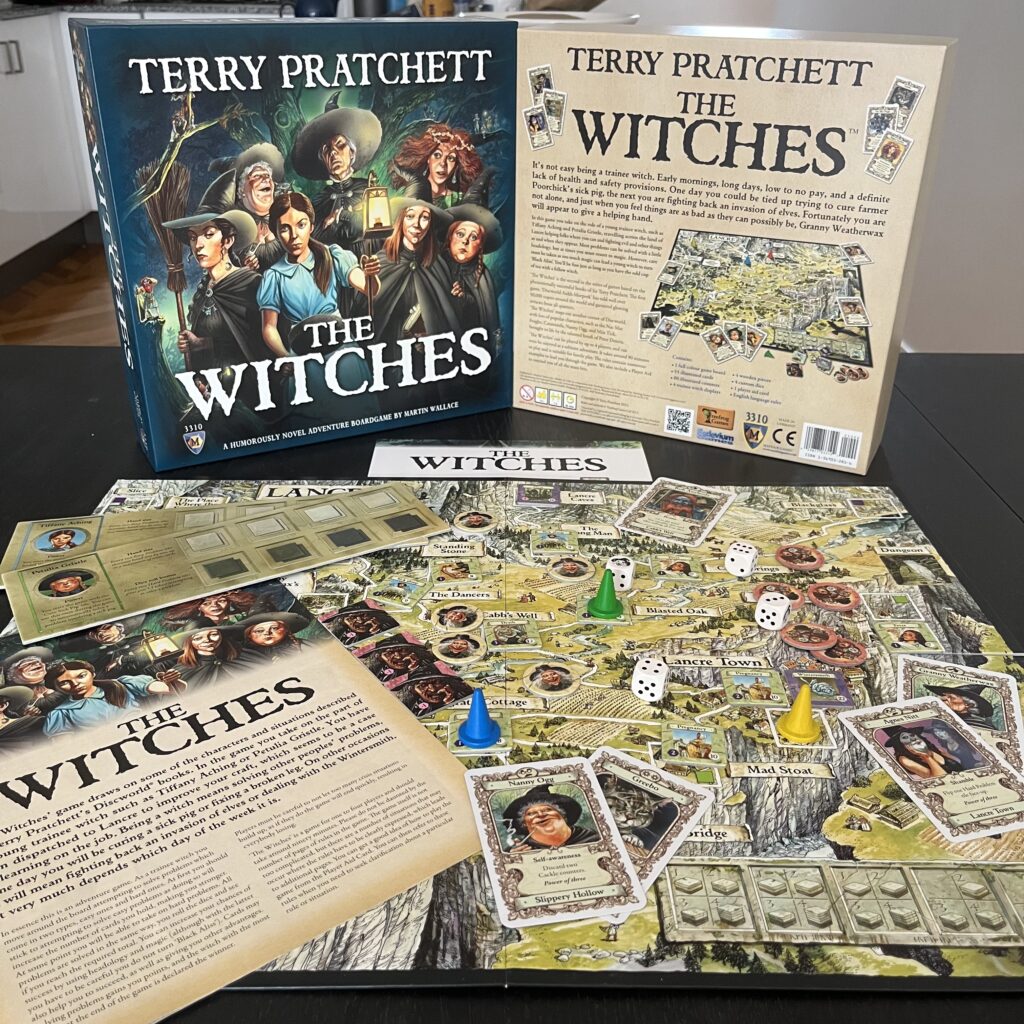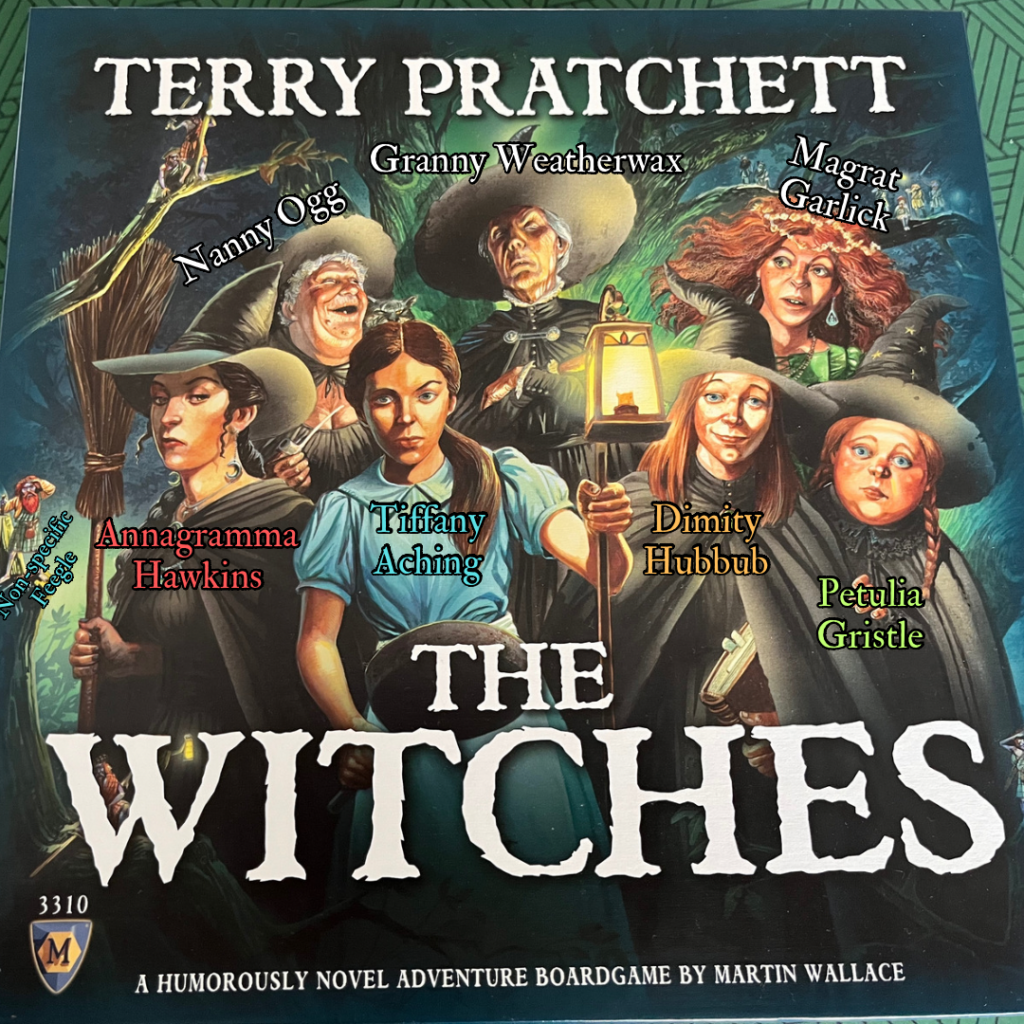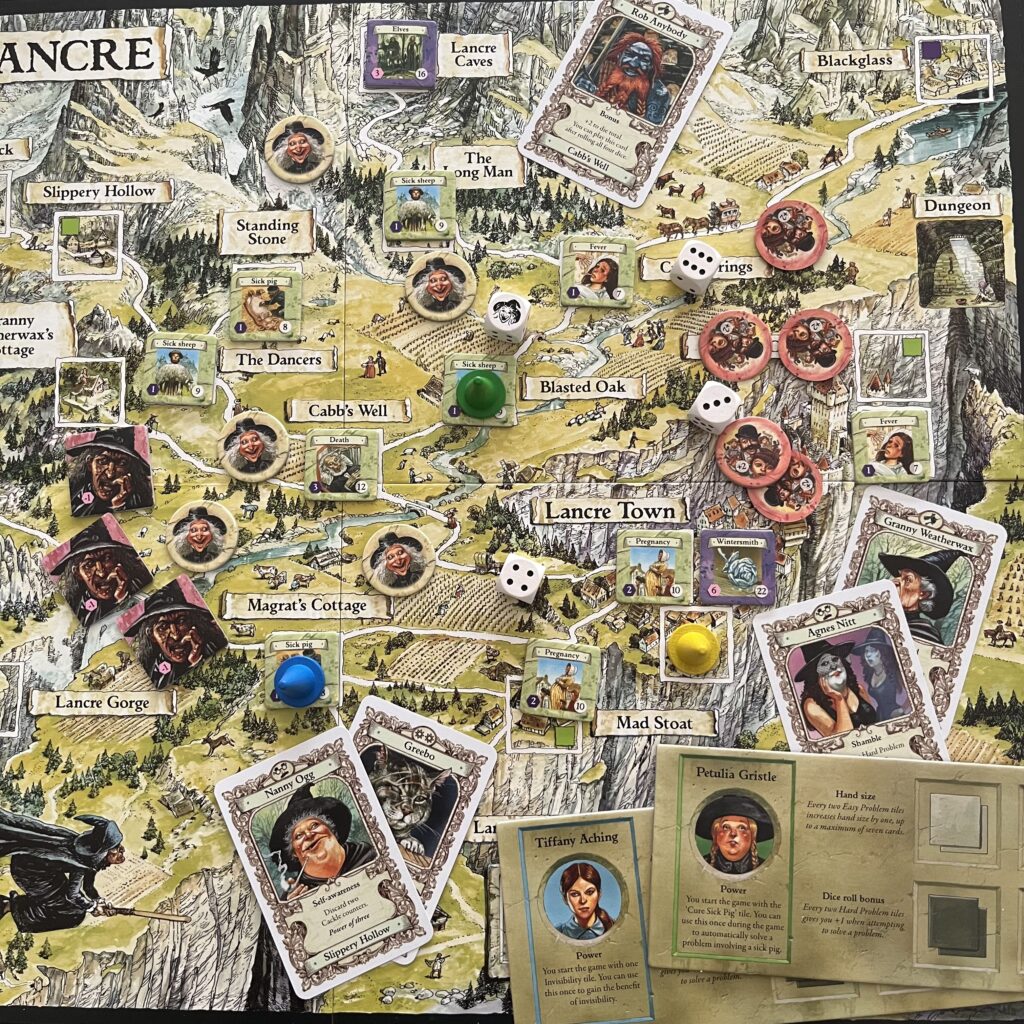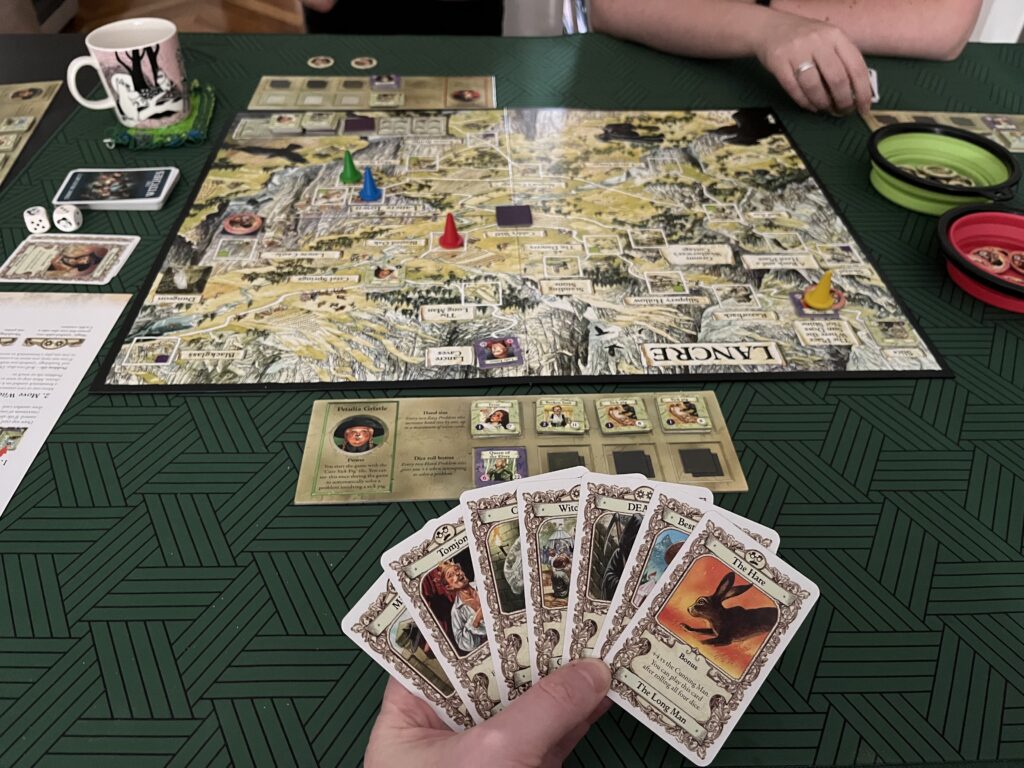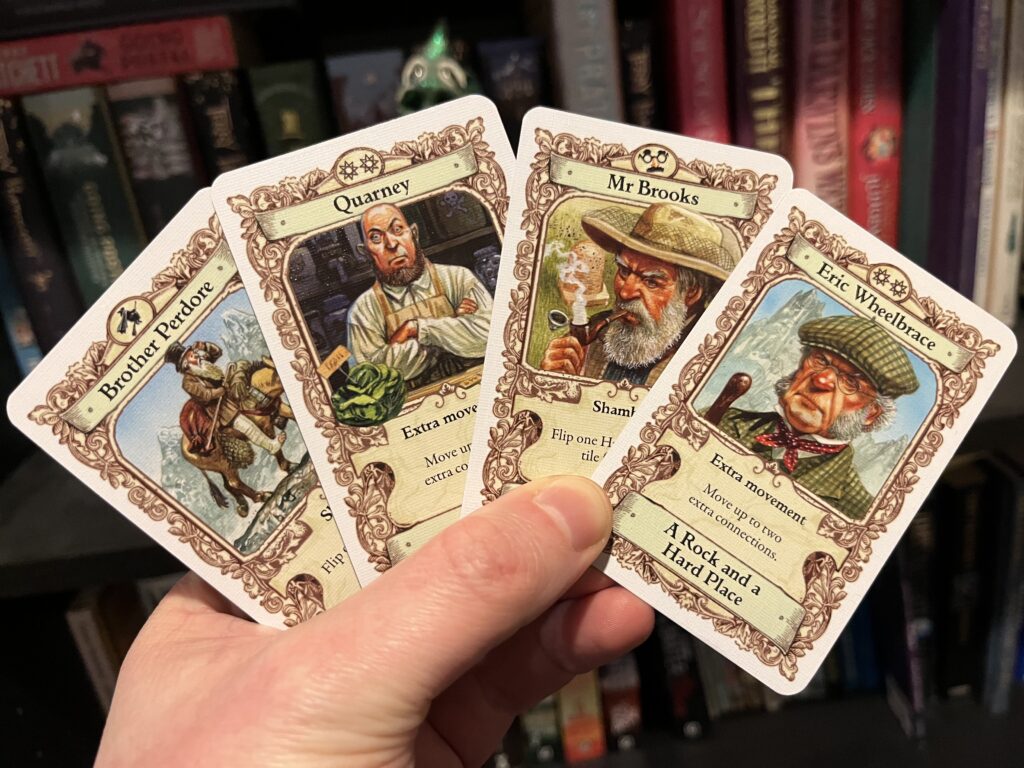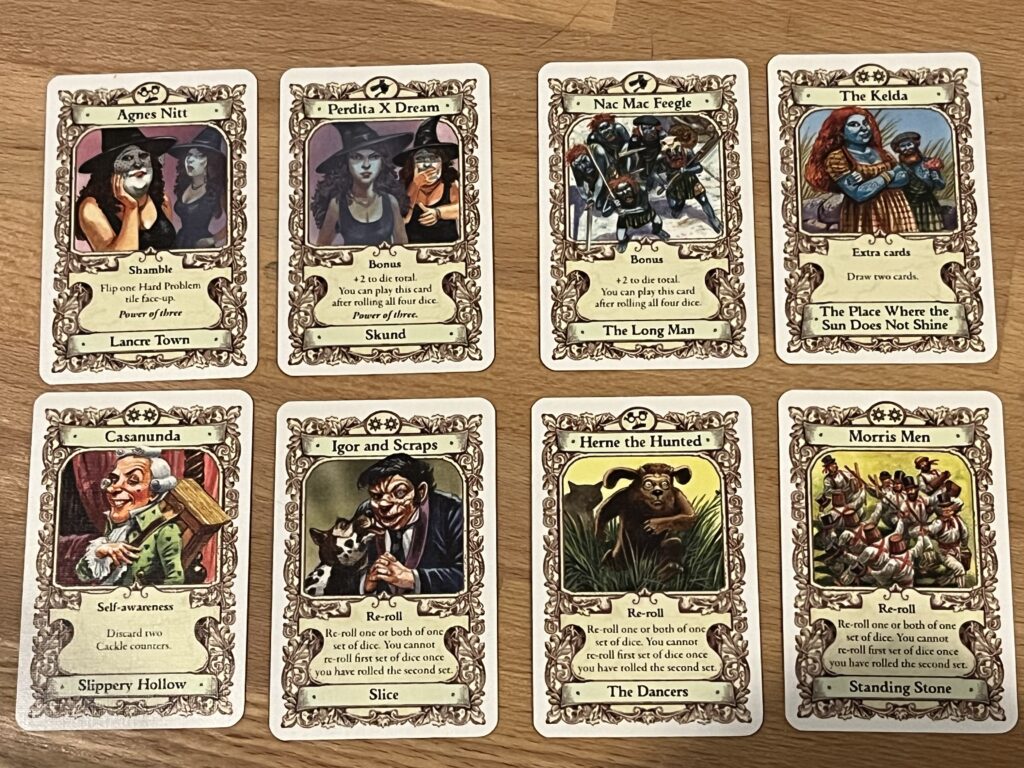#Pratchat7 – All the Fingle Ladies
In episode seven, comic book creator and illustrator Georgina Chadderton, aka George Rex, joins us to discuss Terry Pratchett’s ninth Discworld novel: Faust Eric! Published in 1990 – alongside four other novels, making it one of Pterry’s most prolific years – it’s a shorter novel, originally published in a large format with lavish illustrations by Discworld cover artist Josh Kirby. (Also, fair warning to the pun-averse: Elizabeth really goes to town in this one…)
Eric Thurslow is surprised to find that the demon he has summoned looks suspiciously like a wizard – but not as surprised as the inept “wizzard” Rincewind is to be summoned. Freed from the Dungeon Dimensions, he finds himself compelled to grant wishes to an adolescent demonologist – and to his even greater surprise, he’s able to do it! Meanwhile, following him across space, time and dimensions, Rincewind’s faithful Luggage is catching up to its master – and just as well, because the Prince of Hell isn’t too pleased that his plans for Eric have gone awry…
Eric is the fourth book to feature Rincewind – last seen in Sourcery – and like his previous appearances it’s a romp across the Discworld to places (and times) previously unseen. Sometimes regarded as a bit of an addendum to the main Discworld series because of its short length, Eric wears its parody – and its classical allusions – proudly on its sleeve. Did you like Eric? Did you read an edition with the illustrations? We’d love to hear from you! Use the hashtag #Pratchat7 on social media to join the conversation.
Podcast: Play in new window | Download (Duration: 1:54:07 — 52.3MB)
Guest Georgina Chadderton (aka George Rex) is a comic book creator and illustrator based in Adelaide. You can find her delightful autobiographical comics online at georgerexcomics.com, and at @georgerexcomics on Instagram. George was in Melbourne for a residency with 100 Story Building, where Ben works facilitating creative writing workshops for young people. George’s Etsy shop is full of cool comics, postcards, badges and prints.
We skipped ahead to make sure we could chat with Georgina while she was in Melbourne, so we’re going back a step for our June episode, where librarian Aimee Nichols will join us to talk about the very first City Watch book: Guards! Guards! We’ll be recording soon, so if you’d like us to respond to you on the podcast, get in quick! Ask your questions via social media using the hashtag #Pratchat7A. (What, you expected us to actually use the forbidden number?)
You’ll find the full notes and errata for this episode on our web site.
Want to help us get to the end of our six(ish) year mission and read every Pratchett book – and more? You can support us with a tip, or a subscription for as little as $2 a month, and that’s cuttin’ our own throats! See our Support Us page for details.

